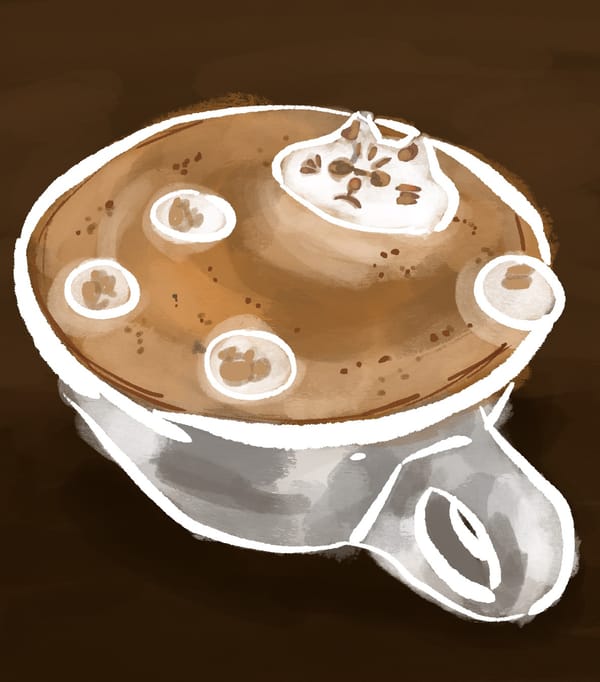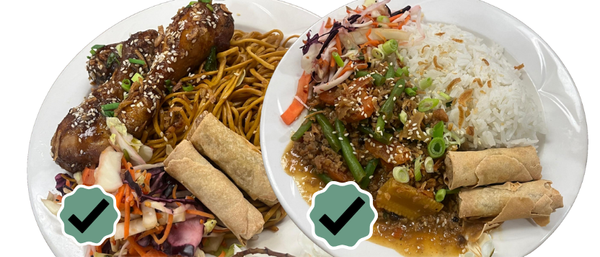Sir, Stevia or Sucralose?
The rising concern of sugar in everyday food items is driving the use of artificial sweeteners, the seemingly perfect alternative.
First it was fat. Studies in the 1940s till 1960s correlated high-fat diets with high cholesterol and elevated chances of heart diseases. What became the alternative to fat, in low-fat yoghurts and ice creams, to continue supplying the great taste consumers demanded was free sugar. Free sugar is added sugar to a product and does not count for naturally occurring sugars. In the 1990s, free sugar became a staple, sometimes even the first ingredient, of condiments and everyday sauces, yoghurts, drinks, white bread, granola and cereals, alternative milk, and the mass of snacks, whose global market is an estimated worth of 250 billion USD today.
In moderation, that is less than 20–30 grams depending on your body mass, composition, and sex, sugar is enjoyable and beneficial as a rewardful substance. However, it is highly addictive and turns off your appetite-control system, hence it is easy to overconsume. On top of chronic illnesses, sugar is linked to mental health conditions such as anxiety, mood changes, and decreased cognitive abilities. Additionally, sugar is sold in non-ideal quantities. As a reference, one 330ml of Coca Cola has 35g of sugar, and a Mars bar has 24g. It is almost unavoidable in most processed foods, and it accumulates during the day.
As sugar received a bad reputation, and sugar-sweetened drinks were taxed by the UK government in 2018 in an attempt to reduce obesity, the market responded once again and leveraged artificial sweeteners to reduce the costs of their product.
Artificial sweeteners are a series of synthetic calorie-free sugar substitutes, that are sweeter than sugar and frequently used in most sugar-free and low-calorie food items, such as protein bars, sugar-free gums, sugar-free syrups, drinks, ice creams, jams, and jell-o.
Consumers now experience the sweet and addictive delight of a Coke or a fruity yoghurt without worrying about a blood spike or a few hundred calories. And most fortunately, any soda can now be found with a “Zero” hanging at the end of its name.
Hence, artificial sweeteners became a key pillar to combat weight management and diabetes, by offering a sweet baking and cooking ingredient that cannot metabolise in the body, making artificial sweeteners virtually calorie-free.
Artificial sweeteners are also powerfully sweet, and are commonly defined by their sweetness relative to that of sucrose, normal table sugar. The lowest of them all, Aspartame is only 200x sweeter than sucrose, meaning that it takes 1/200 of the same weight of Aspartame to create a sweetness comparable to that of sucrose. Acesulfame potassium (Ace-K), Saccharin and Sucralose are as sweet or a little sweeter as they are 200, 300–400 and 600 times sweeter than sucrose, respectively. The strongest sweeteners are Neotame and Advantame, with a sweetness of 7,000 and 20,000 times that of sucrose. Hence, even though artificial sweeteners are more expensive than sugar, the necessary amount is significantly less.
A different method to compare artificial sweeteners to sugar is given by their Glycemic Index (GI) which indicates how quickly a food raises a person’s blood sugar. Maltose and Dextrose lead the table with 105 and 100 respectively and should therefore be avoided. White sugar has a GI of 65, honey at 58. Fructose sits at a GI of 23 and all artificial sweeteners have a GI of 0. Erythritol has a GI of 1.
FDA and the EU have approved Saccharin, Aspartame, Acesulfame (Ace-K), Sucralone, Advantame, and Neotame as safe to consume under the assumption of moderated and normal consumption. While the research in the health impact of artificial sweeteners is still growing, recent studies claim that Saccharin, Sucralose, Aspartame and Ace-K alter the gut microbiome by varying the pH or impacting the gut bacteria. However, as everyone’s microbiome differs, this will vary from person to person. Products with artificial sweeteners are known to cause bloating and discomfort, stomach pain and diarrhoea. This is not surprising, as many low-sugar candy and protein bars inform the consumer that overconsumption can lead to laxative effects. A consistently high consumption, roughly 2 diet sodas a day, of artificial sweeteners is not recommended by the Mayo Clinic, however more research is required.
All artificial sweeteners are synthetic and while most non-nutritive sweeteners (NNS) are as well, the latter can also be natural. Stevia and monk-fruit, common ingredients used in sugarless baking recipes or promoted by sports influencers have shown to be less aggressive on the gut and better digested. Natural NNS’s are still in need of research, as large-scale randomised trials are missing in order to reach a conclusive decision on NNS and their place in our diet.
Nowadays, artificial sweeteners replaced sugar as the key flavour factor for sweet snacks marketed as “low” or “no” sugar. Some snacks will clarify “no artificial sweeteners” on the front label, however the best practice is to read the label for artificial sweeteners and one or two of the 75 different names for sugar.










